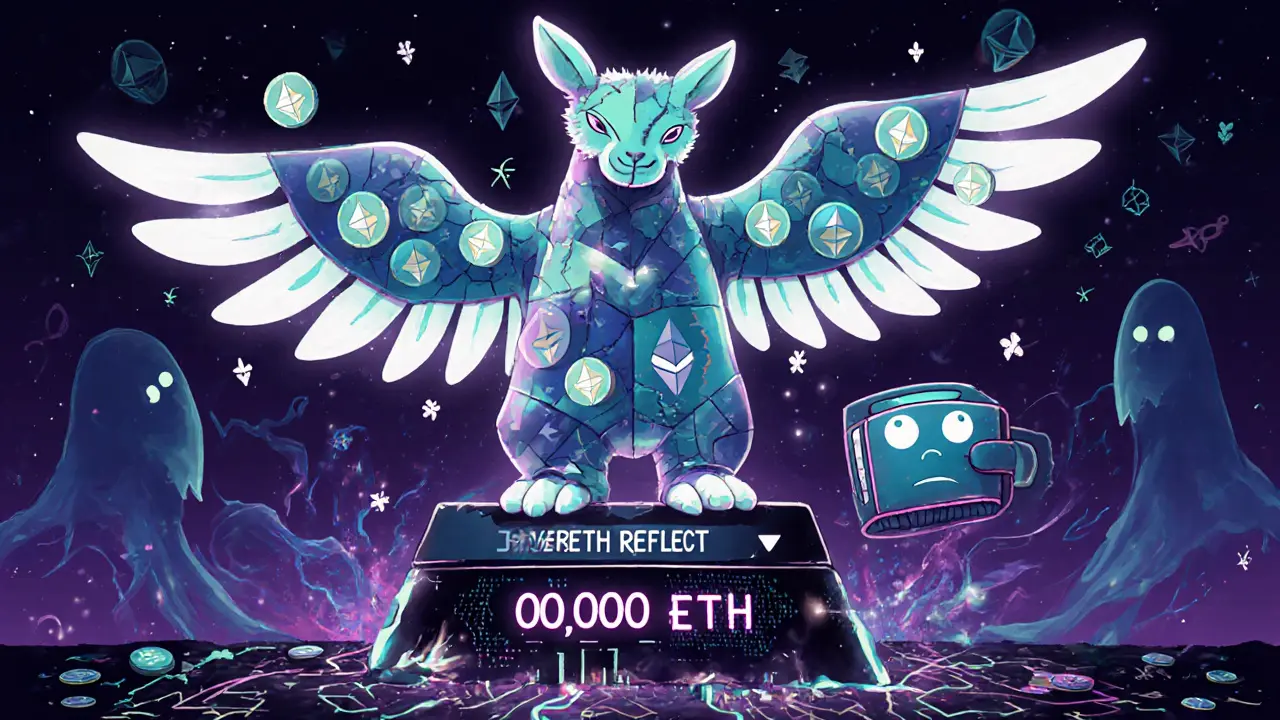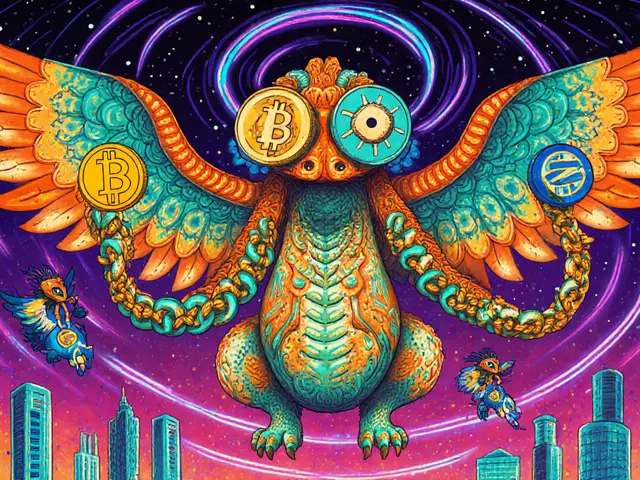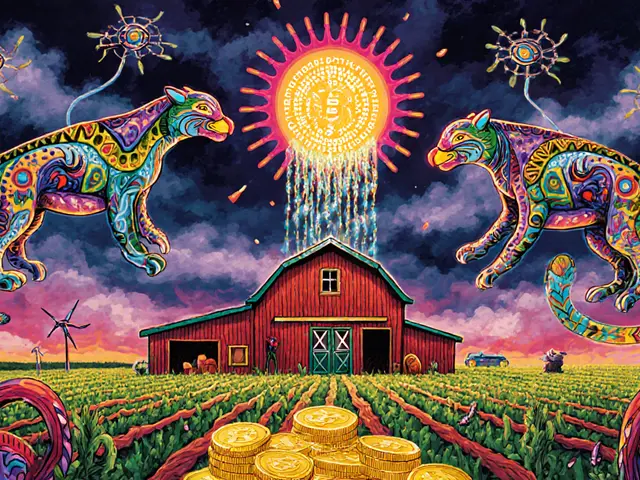BSC Reflection Token: How These Tokens Reward Holders on Binance Smart Chain
When you hold a BSC reflection token, a type of cryptocurrency on the Binance Smart Chain that automatically redistributes a portion of every transaction to all holders. Also known as reward tokens, these tokens turn passive holding into a way to earn more crypto—no selling, no staking, just holding. Unlike regular tokens where value depends only on price changes, reflection tokens give you a cut of the trading activity happening around them. Every time someone buys or sells, a small fee is taken and shared among everyone holding the token. It’s like getting a tiny dividend every time the token moves.
This system works because of smart contracts built into the Binance Smart Chain, which is faster and cheaper than Ethereum. That’s why most reflection tokens live there—low fees mean small rewards can still add up. But here’s the catch: these tokens often have huge supplies, sometimes in the trillions, which keeps individual token prices super low. That doesn’t mean they’re worthless—it means you need to look at the total value locked, not the price per token. Some of these tokens, like BSClaunch (BSL), a dormant BSC token that once promised rewards but now has zero trading volume, failed because no one kept trading them. Without activity, there’s nothing to reflect. Others, like AmpleSwap (new) (AMPLE), a token tied to a DeFi exchange that turned out to have almost no users or volume, looked promising on paper but collapsed because they had no real ecosystem behind them.
Reflection tokens aren’t magic. They rely on constant trading to keep rewards flowing. If the community stops moving the token, the rewards dry up. That’s why many of them turn into dead assets. But when they’re backed by active traders and clear rules, they can be a smart way to earn passively. You’ll find posts here that break down real examples—some that worked, most that didn’t—and show you how to spot the difference. You’ll learn what to check before buying: trading volume, tax rates, team history, and whether the token is actually being used or just being pumped. This isn’t about chasing the next big moonshot. It’s about understanding how these tokens actually work—and who ends up paying the price when the hype fades.










